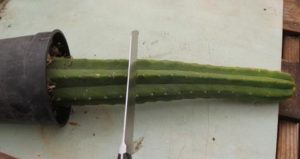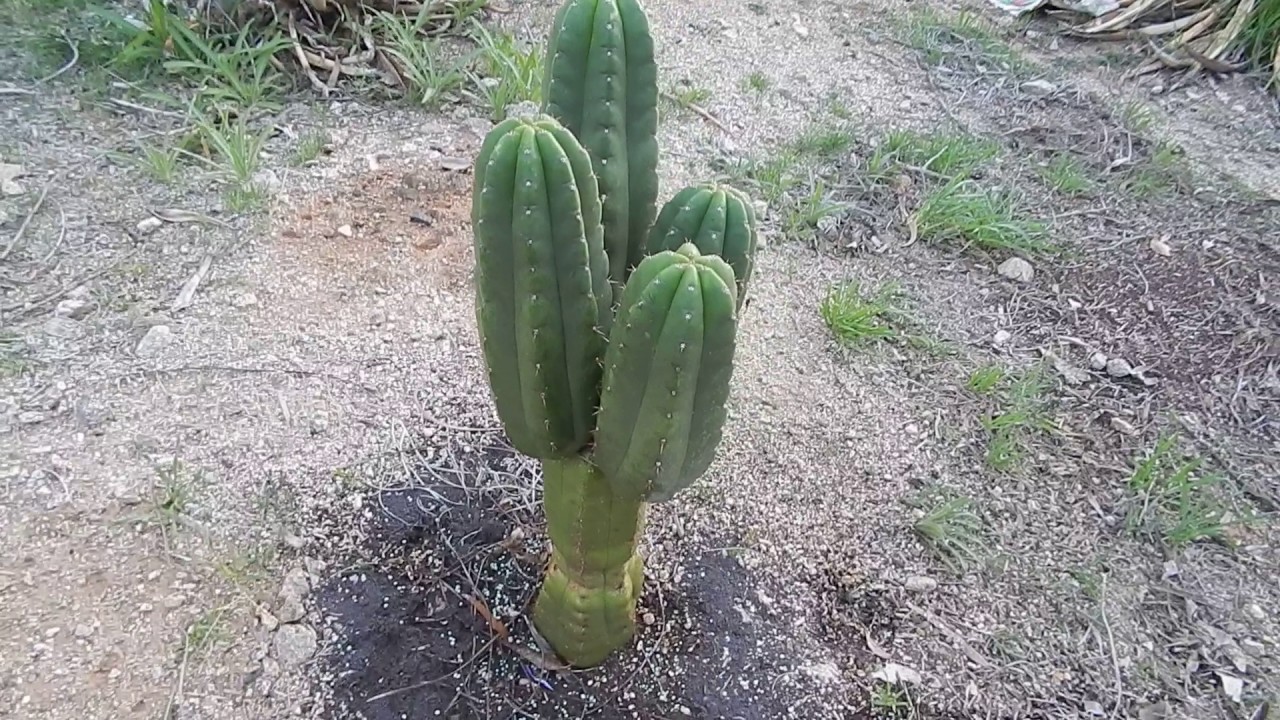The Way to Propagate Your Own San Pedro Cactus…
Simple to perform! Within this site I will quickly demonstrate the way you can do this by the recognized San Pedro (or any columnar/tall climbing cacti), in addition to from a bigger potted specimen.
Everything you’ll need: a knife, a slice of cardboard/towel, a container, dirt, and a small moment.
Notice the shorter segments where you view new shirts growing. All these have begun in areas which were cut ahead.
Sometimes you buy 1,2 as well as 3 new shirts growing in the newly cut areas.
Attempt to always use a clean knife, even in case cutting on multiple cactus, be certain that you sterilize w/ rubbing alcohol in the event that you cut into some contaminated segments. (occasionally cactus get ill and start urinating in segments and you need to amputate, sterilized cutting tools are useful in order to not spread any disease ).
Today we have to dry/callous the finish. When it’s sunny outside, it is easiest to simply expose the limit to direct sun! If doing this this way, be certain that you cover the distance of this cactus to shield it from sunburn. These grow upward, when they’re put on their hands they could get burnt! I usually just place a bit of cardboard and it’s length.
 Fast forward a couple weeks or three based on the time of season, pictured are 3 cuttings all revealing fundamental coloring in their endings. Colours can vary from brown, white, orange, gray to black etc., in regions. That is a not an issue….as long since the endings are DRY and the bleach isn’t mold etc..
Fast forward a couple weeks or three based on the time of season, pictured are 3 cuttings all revealing fundamental coloring in their endings. Colours can vary from brown, white, orange, gray to black etc., in regions. That is a not an issue….as long since the endings are DRY and the bleach isn’t mold etc..
With this Website, they’re calloused and prepared for another measure, potting! Side note question we’re often asked,”Just how long do I wait till I have the time to bud my cactus”? You may forget about your trimming for weeks without any issues, ideally left someplace from direct sunlight, and stored dry. Occasionally though, factors such as temps, it is growing season etc., your cactus cutting can start rising back from it’s hint which would start to stretch and stretch upward. Picture shows a hint that flexed this manner, it will slowly straighten back up.
They’re also able to start shooting roots out along it’s entire length on both sides facing down. This can be known as planting logs, simply laying them on ground vs vertically. This occurs naturally in the wild if they snap and drop down.
A great deal of information on land etc. out there, the principal issue is soil that drains well, we utilize perlite and sand outside there, use anything you can, but steer clear of houseplant soil that keeps moisture versus soil that drains fast. Rule of thumb is to not water if soil is moist!
Many people today use moist dirt, I usually attempt to stay dry, but you can experiment… I put my dehydrated cactus cutting to the container.
I really don’t like to really go all of the way on the top because I have discovered when I start mowing, the soil will settle and it’ll leave me w/ approx. 2″ of room for water to accumulate and then repay. If dirt line is too large, you need to wait and water to ensure that your watering reaches the floor. (I always attempt to water all of the way throughout the container, it will help the rooting procedure go deep and more powerful vs the roots simply sitting around the surface)
I try to not water for approx. two weeks. There are no roots to absorb water and also when there are any problems w/ my trimming I did not catch, it will help lessen any diseases settling in. Open wounds and moist soil may increase the odds of disease, fungal infections etc..
I place the recently potted San Pedro(additional columnar cacti) in a dry area out of direct sunshine.
After a couple weeks, months, even when follicles have started forming and they could take in water . I’ll move to direct sun. We develop our cactus all within our 5 and acres of land, some in full sunlight, a few partial, some entirely shaded. Plenty of different soil types too from organic decomposed granite to dirt amended w/ compost etc.. Colors may differ from light green to dark green, experimentation with yours, locate the place you believe that your cactus is most happy at/or place you enjoy the most, and love.
You’re now prepared to perform this all on your own, it is the simplest way to turn your single San Pedro into a genuine cactus patch! Have fun and do not be afraid to email us w/ some cutting edge questions!

